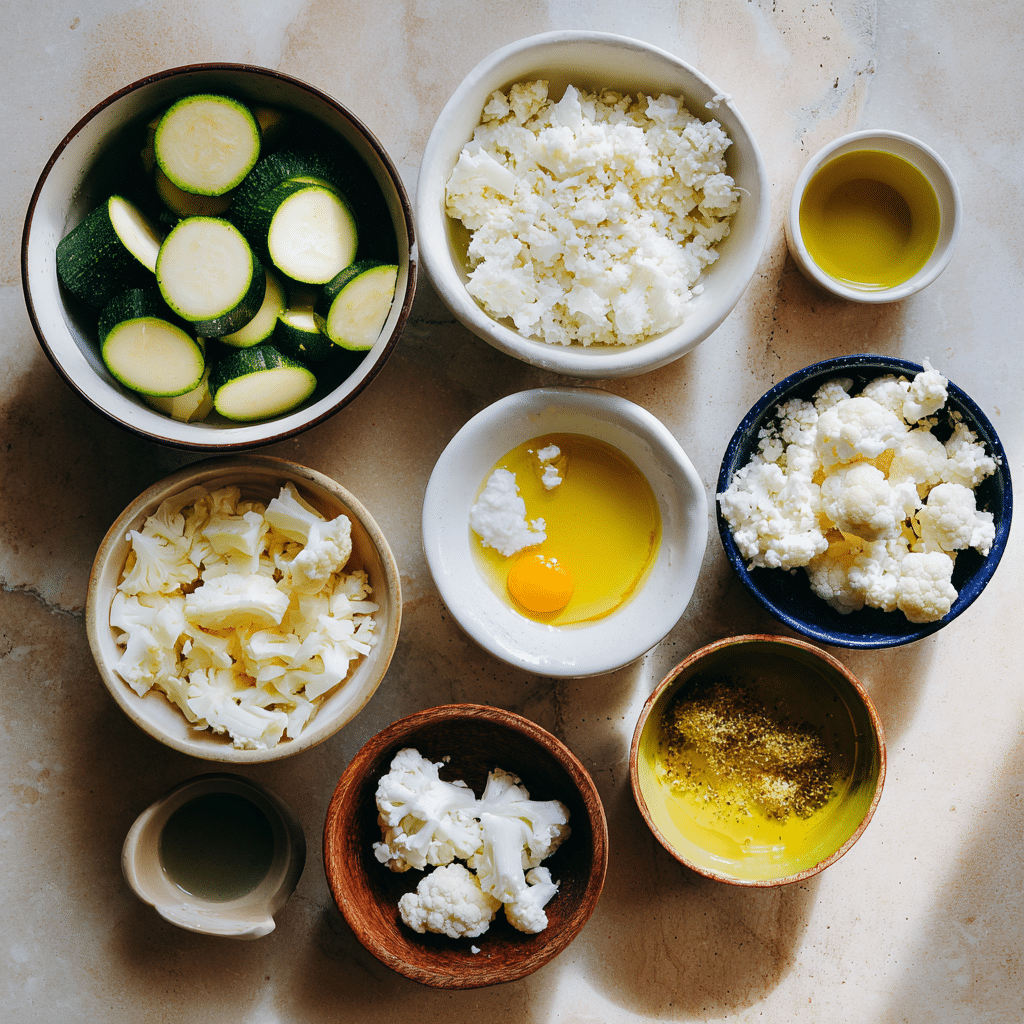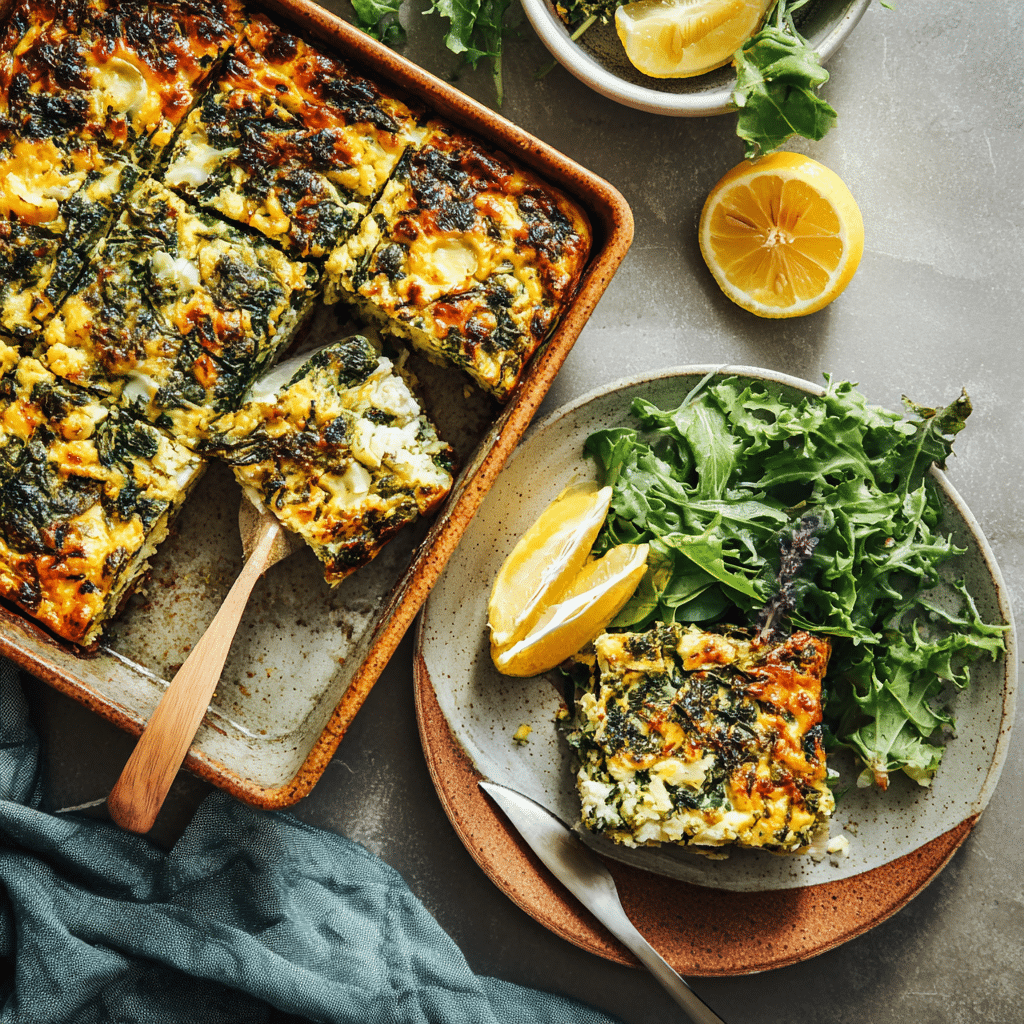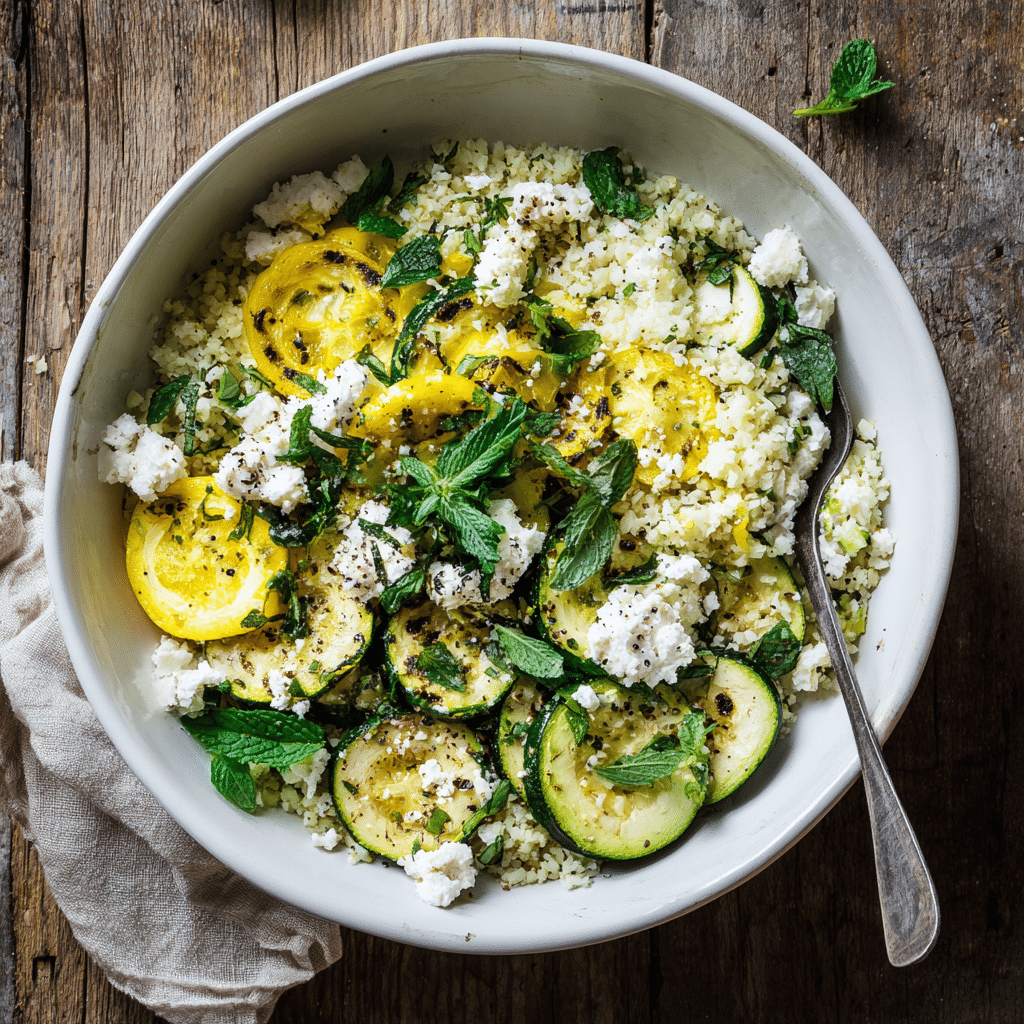Volume eating recipes became my secret weapon after years of struggling to feel satisfied while staying healthy. I’m Matteo Romano, a Tuscan born chef trained in the old-school ways think rich sauces, handmade pasta, and endless baskets of crusty pane. But my body had other plans. After battling unexplained fatigue for years, I was finally diagnosed with gluten intolerance. That moment changed everything.
Giving up wheat wasn’t easy. The foods I grew up with were more than just meals they were memories. But I wasn’t ready to give up flavor or fullness. That’s when I discovered volume eating: recipes that are low in calories but high in volume, flavor, and satisfaction. Think big portions made from whole, gluten free ingredients that leave you feeling nourished not restricted.
As I adapted my Italian roots to this lighter, fuller style of cooking, something clicked. Now, I create recipes that bring joy to the table and support wellness at the same time. Whether it’s cottage cheese banana oat pancake bites or a 7-day meal plan for weight loss, every dish is designed to satisfy.
Table of Contents
Why Volume Eating Recipes Are a Game-Changer for Healthy Satisfaction
What Are Volume Eating Recipes, Really?
Volume eating recipes are meals that let you eat more food for fewer calories, focusing on high fiber, water rich, nutrient dense ingredients. Instead of tiny plates and tiny portions, volume eating fills your bowl with real, wholesome food that satisfies both your stomach and your tastebuds. The goal? You eat a higher volume of food that keeps you full longer without going overboard on calories or compromising your gluten free lifestyle
These recipes work beautifully when built on lean proteins, fresh vegetables, fiber-rich carbs like oats or beans, and water-dense produce like cucumbers, lettuce, and zucchini. They’re especially useful when combined with low-fat dairy and air-based cooking methods like roasting or baking.
Who Have Volume Eating Recipes Helped?
People across the world especially those focused on weight loss, gut health, or hormone balance have embraced volume eating recipes as a sustainable way to eat more and weigh less. Whether you’re managing blood sugar, trying to reduce inflammation, or simply want to enjoy generous portions without guilt, volume eating is a method that supports both energy and satisfaction.
Personally, I’ve seen this approach transform my clients’ lives. And in my own journey from traditional Italian cuisine to gluten-free cooking, it’s helped me feel nourished instead of deprived. Pairing volume eating with a gluten free focus makes it even more effective, like in these chicken meal prep recipes that pack nutrients into every bite or our gluten-free meal plan for weight loss designed for real fullness.

Volume Eating Recipes
Ingredients
- Leafy greens romaine, spinach, kale
- Cruciferous vegetables broccoli, cauliflower
- Water-rich veggies zucchini, cucumber, tomatoes
- Lean protein grilled chicken, egg whites, cottage cheese
- High-fiber carbs beans, oats, lentils
- Gluten-free grains quinoa, rice, potatoes
- Low-calorie sauces salsa, mustard
- Fresh herbs and gluten-free spices
Instructions
- Start with a base of high-volume vegetables like leafy greens or roasted zucchini.
- Add a portion of lean protein such as grilled chicken or egg whites.
- Layer in fiber-rich carbs like lentils or oats if needed for energy.
- Top with flavor boosters: fresh herbs, lemon juice, or gluten-free spices.
- Use cooking methods like baking, steaming, or air frying to keep meals light and satisfying.
- Combine ingredients in large bowls or meal prep containers for easy access during the week.
- For dessert or snacks, try recipes like cottage cheese banana pancake bites or protein smoothies with hidden veggies.
Notes
Nutrition
How Volume Eating Recipes Work and What They’re Made Of

For more quick gluten free meal inspiration, visit gluten free meals that fill you up or gluten free large portion meals
How Do Volume Eating Recipes Actually Work?
Volume eating recipes work by prioritizing foods with low calorie density meaning they have fewer calories per gram of food. These are usually packed with fiber or water, which add bulk without heaviness. When you eat more volume for fewer calories, you stay physically full and mentally satisfied without over consuming.
Here’s the kicker: your stomach’s stretch receptors respond more to the volume of food than the calories. That means a giant bowl of zucchini noodles with grilled chicken and a splash of balsamic can keep you fuller than a small bowl of creamy gluten free pasta with the same calories.
This principle helps regulate hunger hormones, reduce cravings, and promote long-term satiety. It also empowers you to eat bigger meals that look and feel abundant. This is especially useful when you’re following a gluten free lifestyle, where ingredients can often be denser and more calorie heavy.
What Are Volume Eating Recipes Made Of?
At their core, volume eating recipes combine:
- Leafy greens, cruciferous veggies (like cauliflower and broccoli), and water rich foods like cucumbers and tomatoes
- Lean proteins like chicken breast, egg whites, and cottage cheese
- Fiber packed carbs such as beans, oats, and fruit
- Gluten-free whole foods that add volume without heaviness
For example, our vegetarian meal plan for weight loss and cottage cheese high-protein pancakes show how you can load up on real food that keeps you full and happy.
Using my experience as a chef and someone who’s navigated food sensitivities, I build volume eating recipes that honor both taste and health. When done right, this approach becomes not just a diet but a lifestyle rooted in trust, flavor, and food freedom.
For more quick gluten free meal inspiration, visit simply gluten free full plate dinners or gluten free high volume low calorie meals

How to Make Volume Eating Recipes at Home with Confidence
How to Make Volume Eating Recipes at Home
Creating volume eating recipes at home is easier than you think it just takes a shift in how you build your plate. Start by choosing a base of low calorie, high volume ingredients. Think big: leafy greens, roasted vegetables, zoodles, cauliflower rice, or spaghetti squash.
From there, layer in lean proteins and healthy carbs. Grilled chicken, egg whites, cottage cheese, lentils, and quinoa all work well. Add in natural flavor-boosters fresh herbs, lemon juice, gluten free spices, and low calorie sauces like salsa or mustard.
Keep cooking methods light. Steaming, air frying, baking, and broiling allow you to add texture and depth without heavy oils or calorie creep. If you’re looking for meal prep ideas, our volume eating recipes guide and 7-day muscle-gain plan provide step by step plans to help you get started.
One of my favorite volume recipes? A giant bowl of stir fried cabbage, egg whites, and tamari, served over cauliflower rice with a side of mango salsa. It’s simple, fast, gluten free and totally satisfying.
Why You Can Trust These Recipes (E E A T Applied)
I don’t just talk about volume eating I live it. My expertise comes from formal training in Italian cuisine, years of professional recipe development, and personal experience transforming my own health after going gluten free. Everything I share is rooted in real cooking, nutritional balance, and respect for the body.
Each recipe on GoldenGlutenFree.com is tested in my kitchen, built on high fiber, high flavor, gluten free ingredients that work. You can trust that what you’re making is more than trendy it’s functional, filling, and designed to fuel you well. Just check out these banana oat pancake bites to see how indulgent and healthy can finally live on the same plate.
Best Practices for Volume Eating Recipes + Smart Customizations

Best Practices for Volume Eating Recipes
To get the most out of volume eating recipes, consistency and planning are key. Always stock your fridge with staples like romaine, broccoli, zucchini, and bell peppers. These low-calorie, high fiber ingredients can be prepped ahead for quick meals. Don’t shy away from frozen veggies, they’re just as effective and last longer.
Balance is everything. Volume alone isn’t enough you still need protein, healthy fats, and carbs for sustained energy. That’s why our cheap weight loss meal plan and gluten-free pizza recipes include ingredients like lean meats, beans, and gluten free crusts to round out every plate.
Also, remember that drinking water before meals can amplify satiety. And when snacking, think bulky: air popped popcorn, veggie sticks, or a blended protein smoothie with frozen cauliflower or zucchini hidden inside.
How to Customize Volume Eating for Your Lifestyle
The beauty of volume eating recipes is how easy they are to adapt. Vegetarian? Focus on beans, tofu, and leafy greens. Gluten free? Stick to naturally GF veggies, fruits, rice, potatoes, and quinoa. High protein? Use egg whites, Greek yogurt, or cottage cheese in both sweet and savory dishes.
You can even satisfy cravings with volume versions of comfort food. My chocolate cottage cheese ice cream is packed with protein, low in sugar, and has the creamy richness of traditional desserts without the crash.
As someone who once felt lost giving up gluten, I can promise: volume eating makes you feel empowered in your kitchen. These recipes are designed to fill your body and nourish your mind. Cooking this way isn’t a chore it’s an act of care, joy, and balance.
Conclusion
Volume eating recipes offer a smart, satisfying way to eat more food without overdoing calories or compromising flavor. Whether you’re gluten intolerant like me or just looking for meals that keep you full and energized, this approach makes healthy eating feel joyful not restrictive.
From big salads to cozy bowls and protein packed desserts, you now have the tools to build meals that nourish your body and satisfy your cravings. Try one of our gluten-free volume recipes or explore a customized meal plan that fits your lifestyle.
For more High Volume Gluten Free Meals for Healthy, try these other reader favorites from Goldenglutenfree Recipes:
Gluten free bulk cooking meals for volume
gluten free large portion comfort food
What is the best volume eating food?
The best foods for volume eating recipes are water rich vegetables like cucumbers, zucchini, leafy greens, and cauliflower. These fill your plate without adding heavy calories. Combine them with lean protein for balanced, satisfying meals.
Can you lose weight with volume eating?
Yes! That’s the beauty of volume eating recipes, you eat big portions that keep you full while naturally lowering your calorie intake. Focus on fiber, hydration, and balanced macros, and you’ll feel satisfied and support healthy weight loss.
How to properly volume eat?
Stick to simple swaps. Add more veggies to every meal, choose whole foods over processed snacks, and drink plenty of water. Prep meals ahead so you always have high volume options ready. Try my gluten-free plans for an easy start.
What is an example of a volume food?
Think huge salads loaded with greens, tomatoes, peppers, and cucumbers. Soups made with broth and fresh veggies are also classic volume eating recipes that help you stay full and happy.
Does volume eating stretch your stomach?
Not permanently! Your stomach expands when you eat and naturally shrinks back. The goal is to use high volume, low calorie foods to feel full sooner and longer, all without overloading your body.

